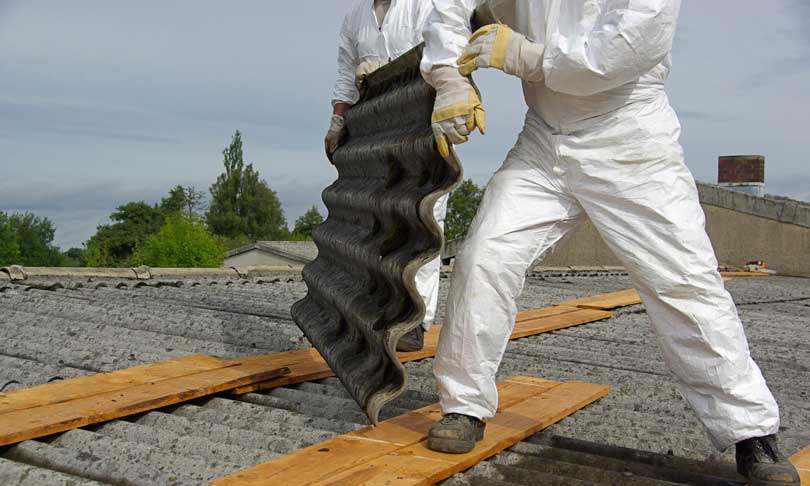Three places to check for lead contamination

Soil
Lead dust often makes its way into the soil around older homes and buildings. It can then be tracked into the home by people and pets, or on toys that have been played with outside in the dirt. Young children also sometimes consume lead-contaminated soil, either deliberately or inadvertently, which can of course have a serious impact on their health. Organizations like leadsafeamerica.org offer free soil testing that can detect lead and other toxic metals.
Water
Lead is sometimes also found in the water in older homes due to the presence of lead pipes or solder in the plumbing. Lead from the soil can also potentially leach down into the water supply of homes that are on well water. Drinking or cooking with this water would obviously be hazardous to your health. Fortunately, water tests that can detect lead are available at local hardware stores. Be sure to test water from every faucet your family might drink from since an older home may have plumbing lines from multiple different eras.
Paint
Lead paint is probably the most common cause of lead contamination in American homes. Lead was added to paint from the 1940s to the 1970s to improve the durability and flow of the product. The problems began when this paint began to wear off, as the flaking and chipping of the paint generated lead dust. This dust is actually a key source of soil contamination around homes that had lead paint on their exteriors.
There are four options for dealing with lead paint:
- Replacement of the entire painted object
- Removal of the paint using scraping or stripping
- Enclosure of the paint behind drywall, paneling, or siding
- Encapsulation of the paint with a liquid sealant
At AQHI Inc., we have ample experience in all of these methods for lead paint abatement. We can help you choose the method that is most appropriate for your property and your budget and then complete the project in a safe and thorough manner.










